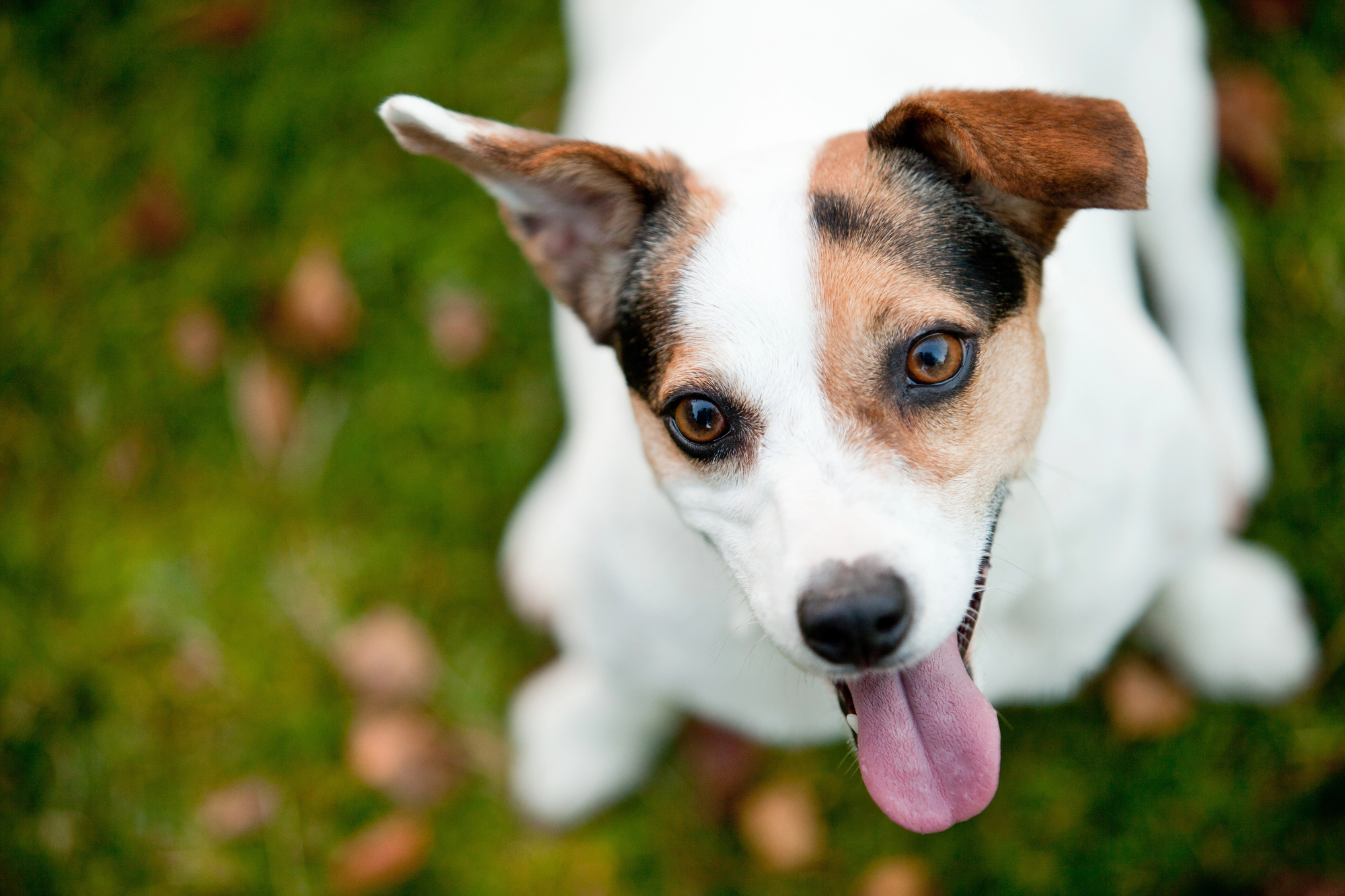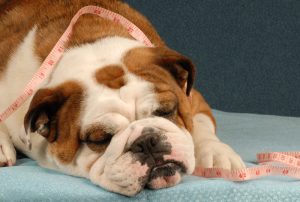
Have you ever wondered what the world looks like through your dog’s eyes? Canines don’t see in black and white, but they also don’t see the same rainbow of colors most people see.
This article takes a peek into the fascinating world of dog vision. We’ll explain how your dog’s eyes work, the colors it can see and why it might confuse a red ball with the green grass. Armed with this knowledge, you can pick out the very best dog toys for your furry friend.
Can Dogs See Color or Are Dogs Color-Blind?
Canine vision isn’t as vibrant as the full-color spectrum humans enjoy, but they absolutely can see in color. Dogs have a type of color blindness that’s similar to red-green color blindness in people.
What Colors Can Dogs See?
Our canine companions have dichromatic vision, a kind of color blindness where they mainly see shades of blue and yellow. This means dogs have poor vision for colors such as red and green.
Understanding Dog Color Vision
Knowing how your dog sees the world helps you make choices it’ll appreciate. For instance, opting for blue toys or bright yellow balls ensures it can easily find them.
How Does Dog Eyesight Compare to Human Eyesight?
Let’s unravel how dog vision compares to what we see through human eyes.
Decoding Cones and Rods
Humans have three types of cones in our eyes, which are color-sensing receptors that allow us to see a broad range of colors. We can see various shades of reds and greens and numerous shades in between. Dogs’ eyes work differently. They have two types of cones, making them less sensitive to certain colors.
Nature’s Night-Vision Goggles
While a dog’s color vision might be limited, canine vision beats human vision when it comes to low-light situations and night vision. Dogs have many more rods in their eyes than we do, so they excel at detecting light and movement. This makes them fantastic at navigating in dim light, at dusk and at dawn.
If you’re worried your dog’s impressive low-light vision will lead to it escaping in the night, get a Halo Collar 3 for peace of mind. GPS tracking and virtual fencing ensure you can keep it safe and sound at all times.
Detecting Motion
Unlike humans, whose eyes excel at discerning colors and details under bright light, dog eyes are masters of spotting movement. They have extraordinary motion detection abilities, noticing the slightest changes we might easily miss. This element of a dog’s eyesight would help it hunt and stay safe from predators in the wild. Now, it lets your pet anticipate the trajectory of a thrown ball with amazing accuracy.
A World of Blues, Yellows and Grays
Because our furry friends perceive the world in shades of blue, yellow and gray, those bright blue or yellow toys really pop in a park or your backyard.
Reddish objects blend in more, which explains why your canine companion might overlook that red ball in the grass. Seeing from your dog’s perspective and understanding dog color vision helps you appreciate its unique view of the world.

How Are a Dog’s Other Senses Affected?
Your dog’s vision isn’t the same as yours, but its other senses are incredibly powerful. Let’s explore how it smells, hears and dreams:
- Dogs have a sense of smell thousands of times stronger than ours. They can sniff out subtle scents, track trails and detect changes in our health. This incredible ability makes up for their less vibrant color vision.
- Dogs can hear a wider range of sounds than we can, including high-pitched frequencies we can’t even detect. Their amazing ears can even move independently, helping them pinpoint the exact location of a sound.
- Just like us, dog dreams cause our furry friends to twitch and whimper in their sleep. Perhaps they’re thinking about chasing squirrels or their favorite treats?
- Dogs don’t have the same depth perception as humans. However, their eyes have a special reflective membrane that enables them to see better in the dark.
Dogs rely more on scent and sound than sight. Their sense of smell is their superpower, while astounding hearing allows them to be masters of sound detection.
What Are the Best Color Toys for a Dog?
Since dogs see mostly in blues and yellows, picking toys in those colors makes fetch and playtime way more fun. Here are some ideas:
- A classic tennis ball: A bright yellow tennis ball is a no-brainer. It stands out against green grass and most indoor floors, so your dog won’t have trouble finding it.
- Sunny yellow fetch rope: A thick yellow rope toy won’t get lost in the park as easily as a green or red one. It’s also perfect for tug-of-war games.
- Squeaky blue chew toy: Sure, your dog won’t see the dinosaur’s detailed features, but a light blue dino is easy to spot and fun to carry around.
- Bright blue Frisbee: Catch your dog’s eye with a flying disc in a vibrant shade of blue. Perfect for those outdoor adventures.
- Yellow treat ball: A yellow ball that dispenses treats is a great way to keep your dog’s brain and vision working together. The bright color makes it easy to find and motivates your pup with tasty rewards.
If you’re playing indoors, consider the color of your flooring or carpet. A blue toy might blend into a dark blue carpet, so a yellow one would be better. Choosing dog toys with your dog’s vision in mind means more fun for everyone.
Tips for Keeping a Dog’s Eyes Healthy
Keeping your dog healthy is essential. Here’s how to ensure your furry friend’s eyes stay bright and happy:
- Vet checkups: Annual exams are key for early detection of eye problems. Your vet can spot issues that might otherwise go unnoticed.
- Grooming: Keep those furry eyebrows trimmed so hair doesn’t get in the way of your dog’s vision. Careful grooming around the eyes prevents irritation.
- Protection: If your dog loves car rides with its head out the window, consider dog goggles. These shield its eyes from debris and wind.
- Nutrition: A healthy diet rich in antioxidants supports eye health. Your vet can help you choose the right food for your dog’s needs.
Dogs live in a world where colors appear more muted. They lack the same color receptors we do, which makes it hard to differentiate colors that seem obvious to us. This comes down to the nerve cells in their eyes and how they send signals to the optic nerve, ultimately affecting how the brain makes sense of visual input.
Now that you understand dog eyesight colors, you can choose the best toys to give your pup the happiest life it can possibly have!






